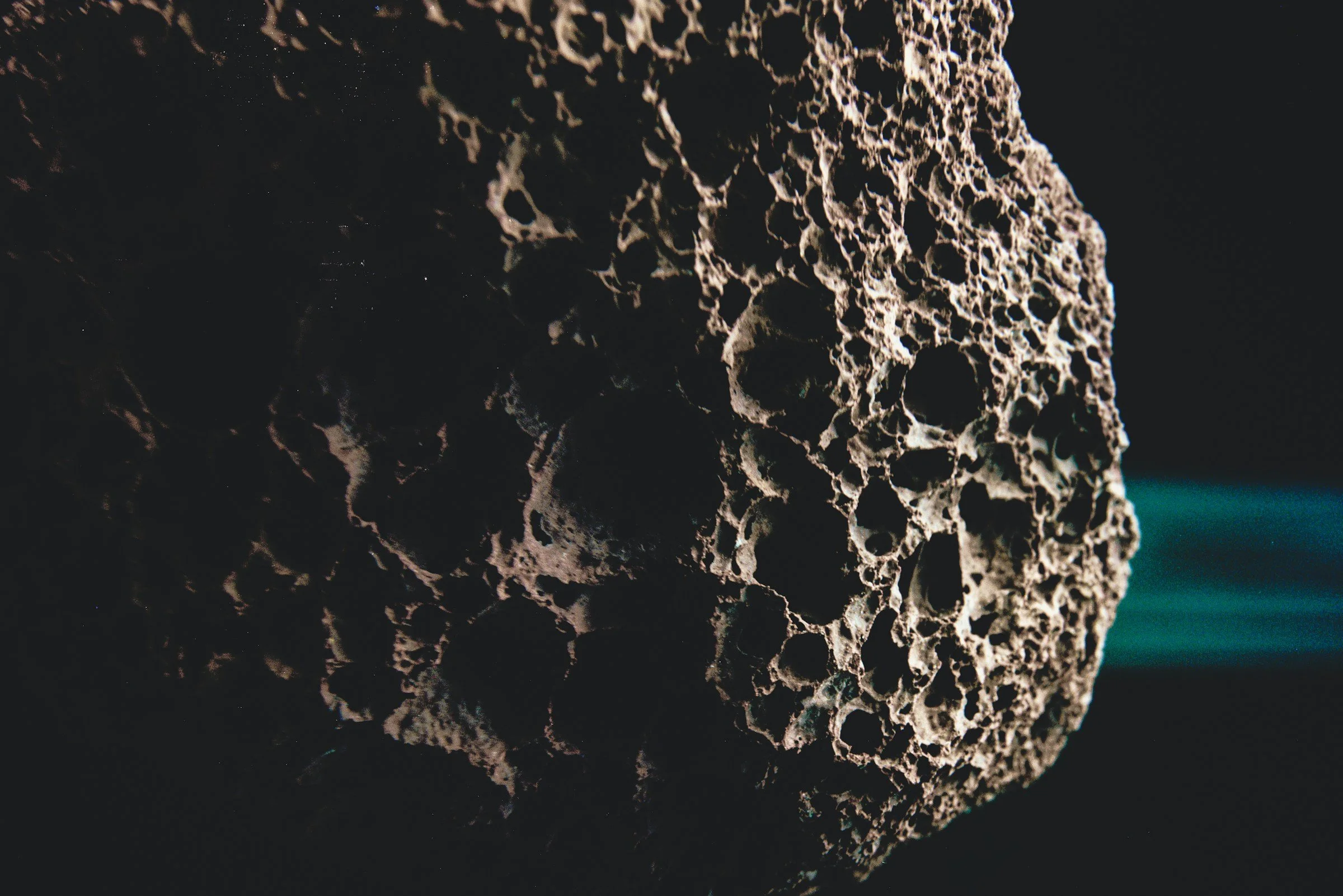Earth Defence from the Moon
A sufficiently large asteroid impact that can wipe out most, if not all, life on Earth is very much within the realm of possibility.
Credit: Chaddix on Unsplash
Using lunar infrastructure to safeguard Earth from NEOs
Lunar infrastructure can double as a planetary-defence outpost. A high-duty cycle observation network anchored in cislunar space improves detection and characterisation of near-Earth objects; staging areas at L1 or the poles shorten response times for missions that need to nudge an asteroid’s trajectory. None of this replaces Earth-based capabilities; it complements them with geometry and dwell time that ground telescopes and LEO platforms struggle to match.
The commercial angle is unconventional but real. Defence is usually a sovereign remit, yet procurement can be service-based: observation as a subscription with audit trails, hosting for sensors on stations, and, eventually, contracted availability for mitigation missions. Insurers concerned with tail risk and multinational bodies tasked with preparedness become stakeholders alongside space agencies. Startups can participate below the kinetic threshold: build and run the sensing layer, manage the data pipes, and provide mission-planning software.
Go-to-market language needs to be precise and humble. Buyers want reliability, verifiability and legal clarity. Partnerships with agencies anchor credibility; participation in international exercises demonstrates readiness; and third-party oversight reassures markets that capabilities stay within agreed norms. Success looks like quiet competence—alerts delivered, drills executed, and options available long before anyone needs them. In a portfolio of cislunar services, defence becomes another layer of resilience that, paradoxically, helps attract the commerce it exists to protect.
